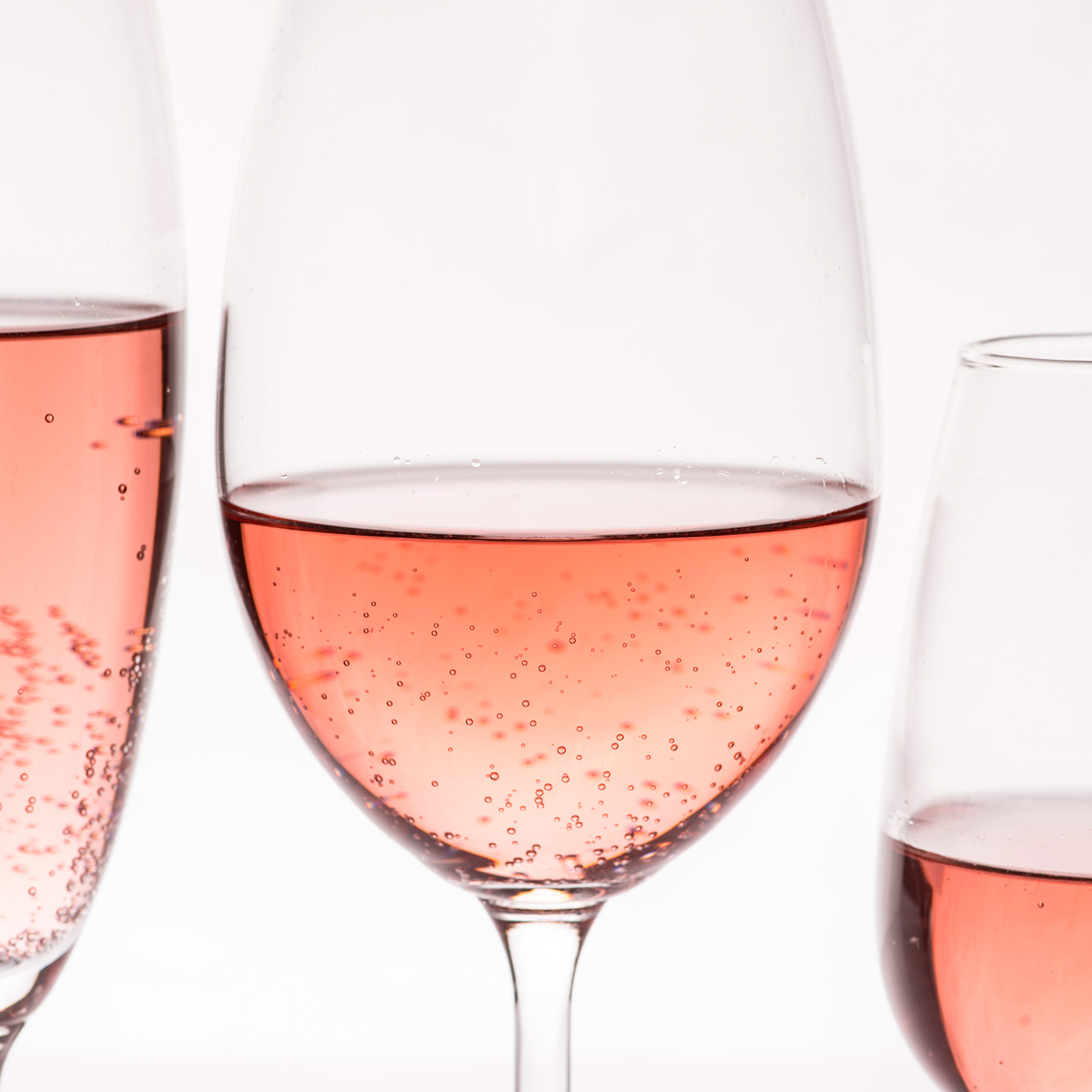As 2018 marches on, resolutions wane. Our annual self-improvement schemes, proclaimed just weeks prior, fall by the wayside — and under the microscope.
Dry January survivors question its value. Dieters squint at scales. Earlier this week, one Whole30 adherent divulged that her temporary cleanse left her lactose intolerant.
For those of us hoping to drop pounds in other, less dramatic ways, there’s an array of reduced-calorie products on the market. “Diet” wine, such as FitVine or Cense, a calorie-cutting Sauvignon Blanc and rosé that Weight Watchers introduced last November, is a bad idea any time of year. As with diet chocolate, reduced-calorie wines neither taste good nor offer actual health benefits.
These products bill themselves as guilt-free (or low-guilt) options for anyone hoping to cut corners on the sort of cold-turkey cleanses that can seem to last an eternity. (Seriously, 30-plus days without a sip? What is this, the Olympics?) Low-calorie options can also ease tension during events, when abstaining and explaining your reasoning to friends can be a total drag.
But there’s a catch: Reduced-calorie wine doesn’t taste the same. Calories in wine come from two sources, alcohol and sugar. Low-calorie wines remove one or both.
Alcohol and sugar give wine body and texture, so removing them inevitably makes wines feel and taste thin or watery. In dry wines, the calories are predominantly alcohol.
To create a low-calorie wine, winemakers do two things to remove those calories, both of which have a profound effect on the finished wine. The first is simple: add water. Known affectionately as “Jesus Units” among winemakers, adding water simply dilutes the alcohol, leading to a lower-calorie pour and more mild flavors. Like Tropicana’s ‘Trop 50’ line of low-calorie juices, this method is simple, but as drinkers we just end up paying $15 or more for watery, strange-tasting wine.
https://www.instagram.com/p/BbkOCaYDq2R/?hl=en&tagged=censewine
The second option retains more flavor, but is infinitely more complicated. A technique called reverse osmosis (RO) spins wine in a centrifuge until its flavor molecules separate. It’s used to reduce alcohol, or remaining sugars, from a wine.
Phil Hurst, the cofounder, president, and CEO of Truett-Hurst, the maker of Weight Watchers-approved Cense wines, described the process this way in a press release: “To develop Cense, we leveraged an innovative technology that captures the compounds that make up the flavor and aroma of a wine, holding them aside while removing excessive alcohol; this process allows us to reduce both calories and SmartPoints per serving without compromising on taste or bouquet.”
If reverse osmosis sounds high-tech and scary, that’s because it is. Proponents like Hurst argue RO doesn’t affect the taste of a finished wine, but without alcohol it’s almost impossible not to notice. Though even sommeliers would have trouble identifying why a diet wine didn’t taste as good, wines that go through the process often seem disjointed or lack a depth of flavor or body.
(Now ask yourself: Do you really want to drink a science project?)
Additionally, the calorie savings from diet wine are absolutely minute. FitVine Wines, a “healthy” wine craze whose ads resemble Michelob Ultra, clock in at 95 calories per 5-ounce pour. Cense Sauvignon Blanc and rosé have 85 calories per glass.
All that sounds pretty good, until you learn the average dry white wine has between 100 and 110 calories per glass — a mere five calories more than FitVine, and 15 to 20 more than Cense. Because red wine generally has more alcohol than white, it also has more calories. Expect red wines to have 105 to 125 calories per 5-ounce glass. All told, that’s about a 1 percent difference for someone on a 1,500 or 2,000 calorie diet.
More importantly, counting calories makes us lose focus on actually healthy goals. In moderation, wine can be part of a healthy lifestyle, whether or not weight loss is the end game. Like chocolate, there’s plenty of evidence that imbibing a glass or two of wine has fantastic health benefits without water or sci-fi techniques.
At heart, though, wine is a beverage enjoyed for pleasure, not miraculous health benefits. We’re all better off treating it as such.
